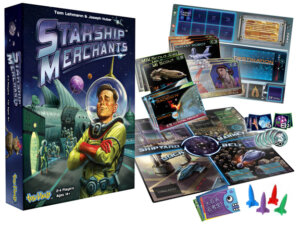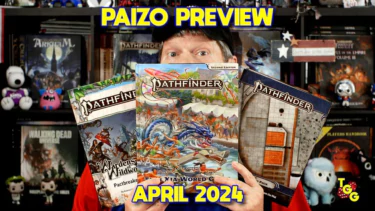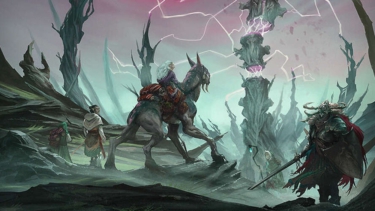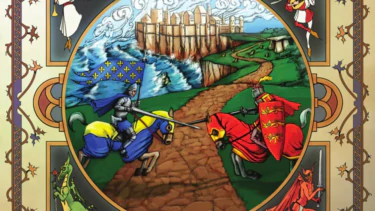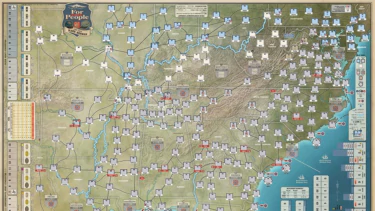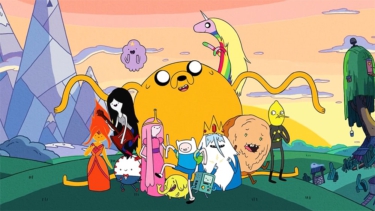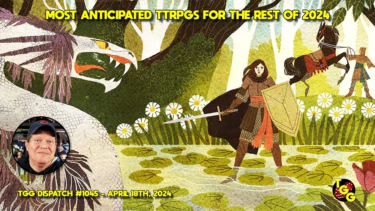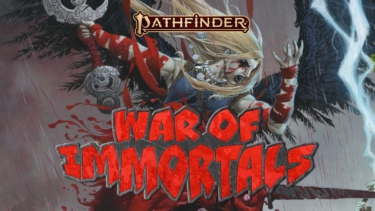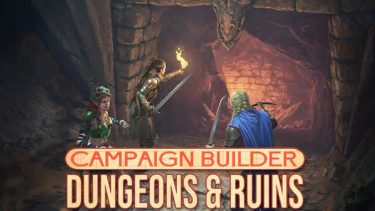Publisher: Toy Vault
Designer: Tom Lehmann, Joe Huber
Year: 2012
Players: 2 – 4
Ages: 14+
Playing Time: 90 Minutes
Retail Price: $34.99
Category: Sci-Fi Trading Game
Components:
- 1 Game Board
- 4 Reference Cards
- Rulebook
- 79 Cards
- 150 Tokens
- 1 Cloth Bag
- 16 Starship Consoles
- 4 Player Pawns
From Toy Vault:
Two millennia after the dawn of space travel, the galaxy hums with prosperity and peace. But as mankind and its neighbors colonized the stars, the burgeoning need for resources was apparent.
As a plucky entrepreneur you must explore the edges of space searching for precious minerals.
Will you buy the fastest ship in the sector? Can you afford to hire the best pilot in the galaxy?
Shall you choose to purchase the latest state-of-the-art gadgets, invest in planetary refineries or pay off your rising debt?
The cargo you haul could be worth fortune, so grab your helmet and suit up! The cosmos and mountains of wealth call in Toy Vault’s STARSHIP MERCHANTS!
Starship Merchants is the soon to be released new title from Toy Vault. This is a space trading game where the object is to put together your own fleet of mining vessels, plunder the richest rocks in the galaxy, and pull in the most cash. Once a player reaches a certain amount of money, he can trigger the final round. The player with the most money at the end of the game is the winner.
There are some nice components in Starship Merchants. A cloth bag holds all of the mining tokens, as it is a crap shoot as far as discovering the best mines is concerned. I especially like the ship consoles. These are approx 4” x 6” thick cards on which you keep track of the details of the ships you purchase.
Round tokens are provided for cash, and there are cards and tokens for the different upgrades that you can purchase for the ships you acquire. The board is fairly small, there are only four areas that your ships can move through, plus a center area deemed “Known Space”. Four nice plastic rocket pawns round out the component list.
The artwork is nicely done with a retro ’50s feel. I love the Obi Wan and Luke lookalikes standing in the market section on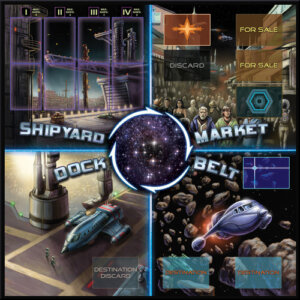
Each player starts the game with 15 credits and no ships, with their rocket pawn on the shipyard section of the board. The shipyard is where you purchase the your ships. There are different numbers of ships available depending upon the number of players, and these are separated into two types and four classes. Basically the ships get better as the game goes on. When the Mark I ships are gone, you can start purchasing the better Mark II ships, and so on up to Mark IV.
The twist here is that when the later ships are purchased, the earlier ships become obsolete. They are useless and all of the upgrades you purchased are lost. Oh Well.
You can purchase a ship, or take out a loan to purchase a ship. This will end up costing you 50% more in the long run, but it buys you time to earn some cash. You can choose either a tug or a scout, the difference being that the scout has less cargo space but more energy. The Mark I scout has only one space for cargo.
Each player purchases a ship, and then in the next round you can choose to either advance to the next part of the board, or stay where you are and perform another action there. So if you had enough cash, perhaps because you used a loan, you could actually stay and buy another ship. Once a ship is purchased, you take a starship console and place the ship card you just bought on it. Now you are set to do some mining.
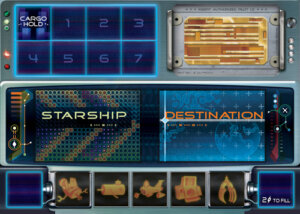
Claiming a mine in the market will cost you six credits. You can claim any mine in your local space, and once you do so you no longer have to worry about another player jumping your claim. When a mine is claimed the token is flipped over to its green bordered side. It is now worth more money when you dock, and no one else can take it from you, so you can keep visiting this mine turn after turn generating cash.
When you are done with the market, you can move into the asteroid belt space on your next turn. This brings up one of the interesting mechanics of the game. The players don’t stay in the same place from turn to turn. One player might be in the market while another player is in the dock selling their goods. It is up to you to decide when to move on and when to stay where you are.
The asteroid belt is where you pick up the cargo for your ships. Everything costs a certain amount of energy to do. Picking up an existing mine token in your local space will take one energy to do. Exploring to discover new mines (by drawing them from the cloth bag) will cost you two energy. The mine tokens are placed in an open cargo area on your ship console. Each turn you can only spend the energy from one of your ships. So if you have three ships you will spend three turns loading them with cargo before proceedin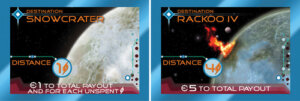
The belt also has a deck of destination cards, with two of these face up and available to the players. These cost energy to pick up, and will provide a bonus to the ship that picks it up when they sell off their cargo. The destination isn’t required to sell your goods, it is just a bonus.
Finally, the belt space is where you cash in your cargo and collect your bonuses. Cargo on your ship goes into your local space, for you (or another player if it isn’t claimed) to pick up again the next time you visit the belt. Any mine you did not load onto your ship goes into known space and is available to any player to pick up with no penalty.
If at this point you have at least 100 credits, you can declare that this is the final round. Once all of the players have reached the dock, the game is over and the credits are totaled and compared to determine the winner. If you have at least 150 credits, you MUST declare the final round, until then it is your choice. When you are finished at the dock, you will proceed back to the shipyard on your next turn and the cycle starts all over again.
I really liked all of the options and strategies that players can pursue during the course of a game. There are three types of minerals available for mining and you can choose to concentrate your efforts on one or several. There are bonuses available for each method. You can take out loans and go for a fleet of ships, or concentrate on having one or two ships at a time and upgrade them for maximum output.
Once you play a few rounds it is a fairly simple game to play. While the kids found it a bit boring to go around in circles all of the time, I enjoyed trying to maximize my earnings and out together the best fleet in the galaxy.
The ships becoming obsolete is another interesting aspect of the game. How much cash will you invest in a Mark I or II ship when you know that it will be worthless once someone buys the first Mark III or IV ship. When do you upgrade and when do you buy new? The upgrades you purchase are lost completely once the ship they are on becomes obsolete.
I enjoyed playing Starship Merchants. It reminds me a bit of a less complex version of Agricola set in a space theme, but has enough uniqueness to it to stand on its own merits. It is well themed, there are some nice player aids, and the game has a short enough length to avoid becoming tedious. Overall I think it is a good game, although it does suffer from the multi-player/solitaire Euro game feel as there is not a lot of player interaction, aside from the occasional opportunity to steal a mine from the competition.
- A Dungeon Delve for Kids?: A Review of Dungeon! - Oct 24, 2022
- Better, Stronger, Faster | Descent: Journeys in the Dark Second Edition Reviewed - Oct 23, 2022
- Your Planet is Doomed!: Invasion from Outer Space Reviewed - Oct 22, 2022



